
Patented ultrasound technologies improve diagnosis for cancer and other diseases
New technologies developed at Rochester could soon help make ultrasound a more powerful tool for diagnosing cancer, liver disease, and other pathologies.
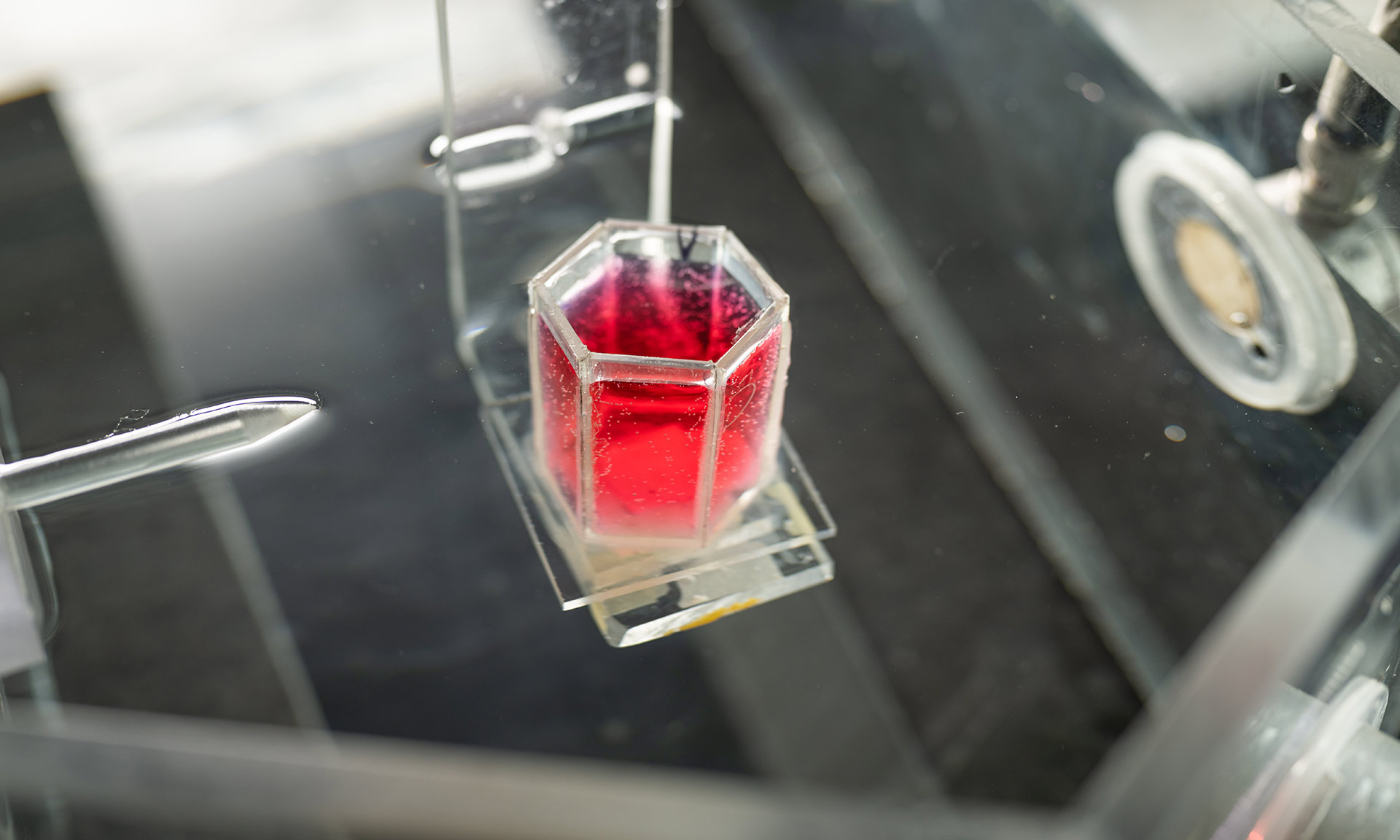
Scientists leverage ultrasound to build new blood vessels in living tissue
A technology most often used for medical imaging is being repurposed to treat damaged tissue in a range of applications.

Alejandro Cruz Setzekorn: Realizing the power of genomics through data science
A data science master’s student analyzes how turning genes on and off can impact neurodegenerative diseases.

Bit by megabit: 50 years of computer science at URochester
The Department of Computer Science at Rochester marks 50 years of revolutionary progress.

Reengineering the concert experience
Stu Elby ’82 helps make Sphere a revolutionary entertainment venue.

Who is more polarized about AI—the tech community or the general public?
An analysis of nearly 34,000 comments on Reddit provides new insights about perceptions of AI after ChatGPT’s launch.
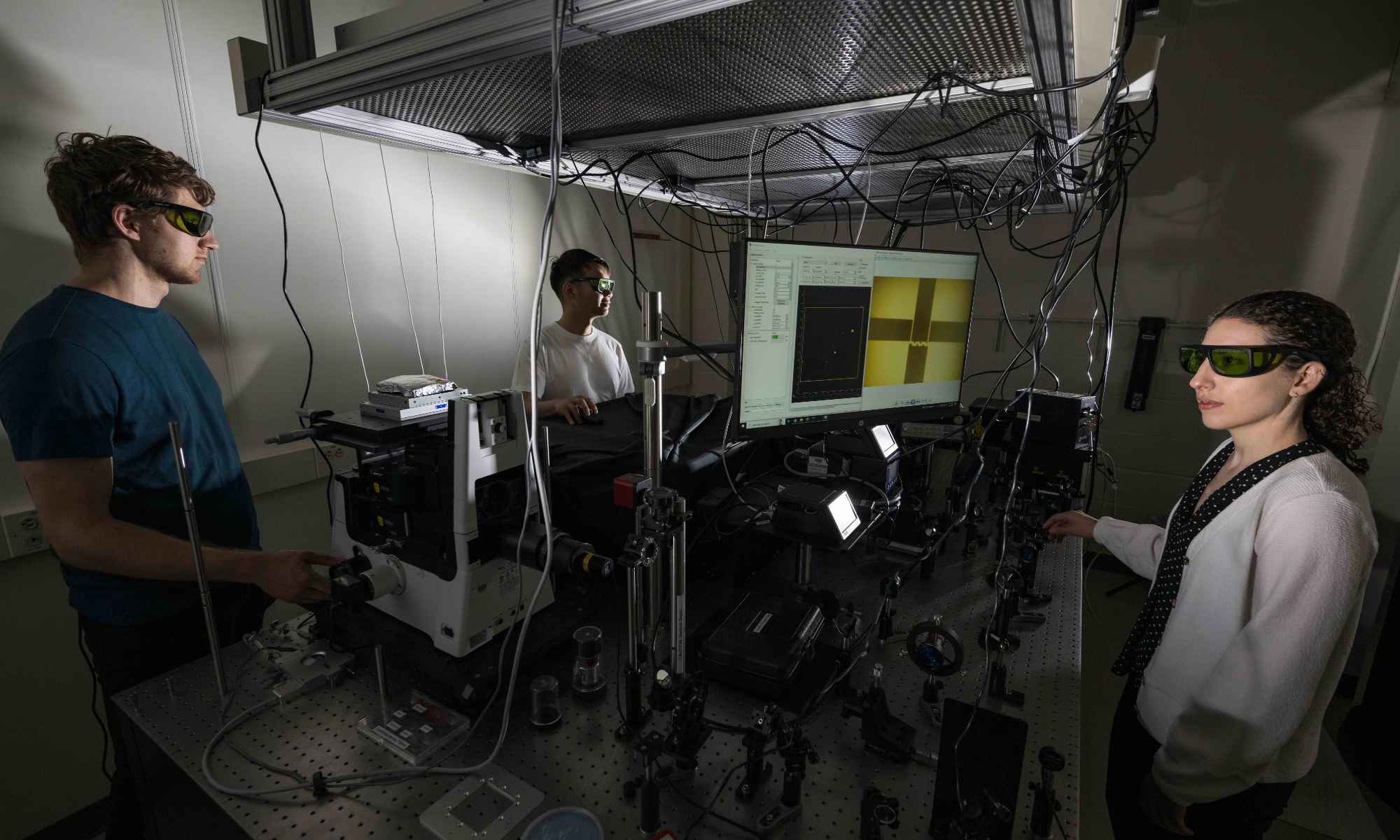
New technique pinpoints nanoscale ‘hot spots’ in electronics to improve their longevity
Rochester engineers have developed a way to spot tiny, overheated components that cause electronics’ performance to degrade.
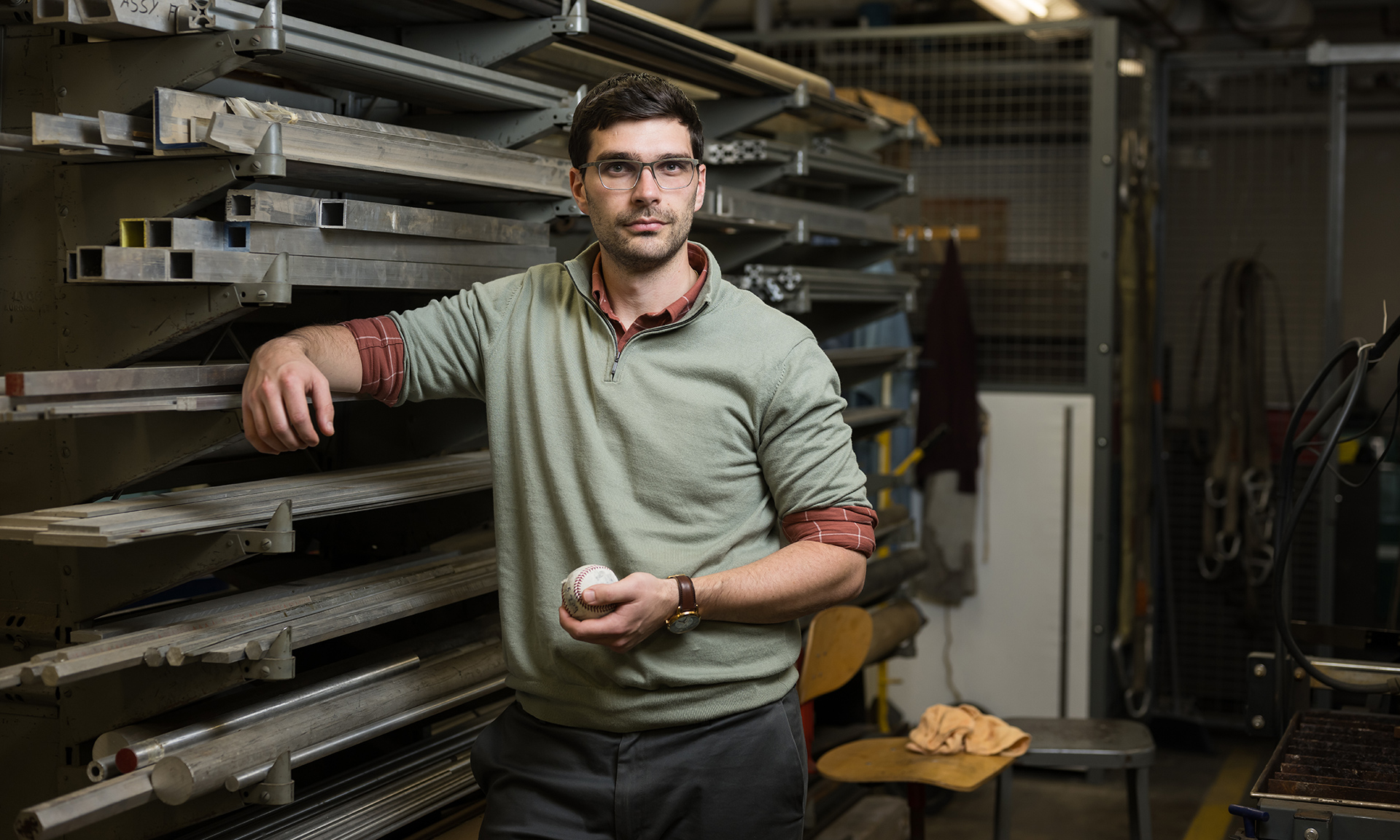
Beyond Moneyball: Alumnus supports the Houston Astros using physics and engineering
JJ Ruby ’21 (PhD) is helping the Major League Baseball team gain an edge through experimental physics and computational statistics.
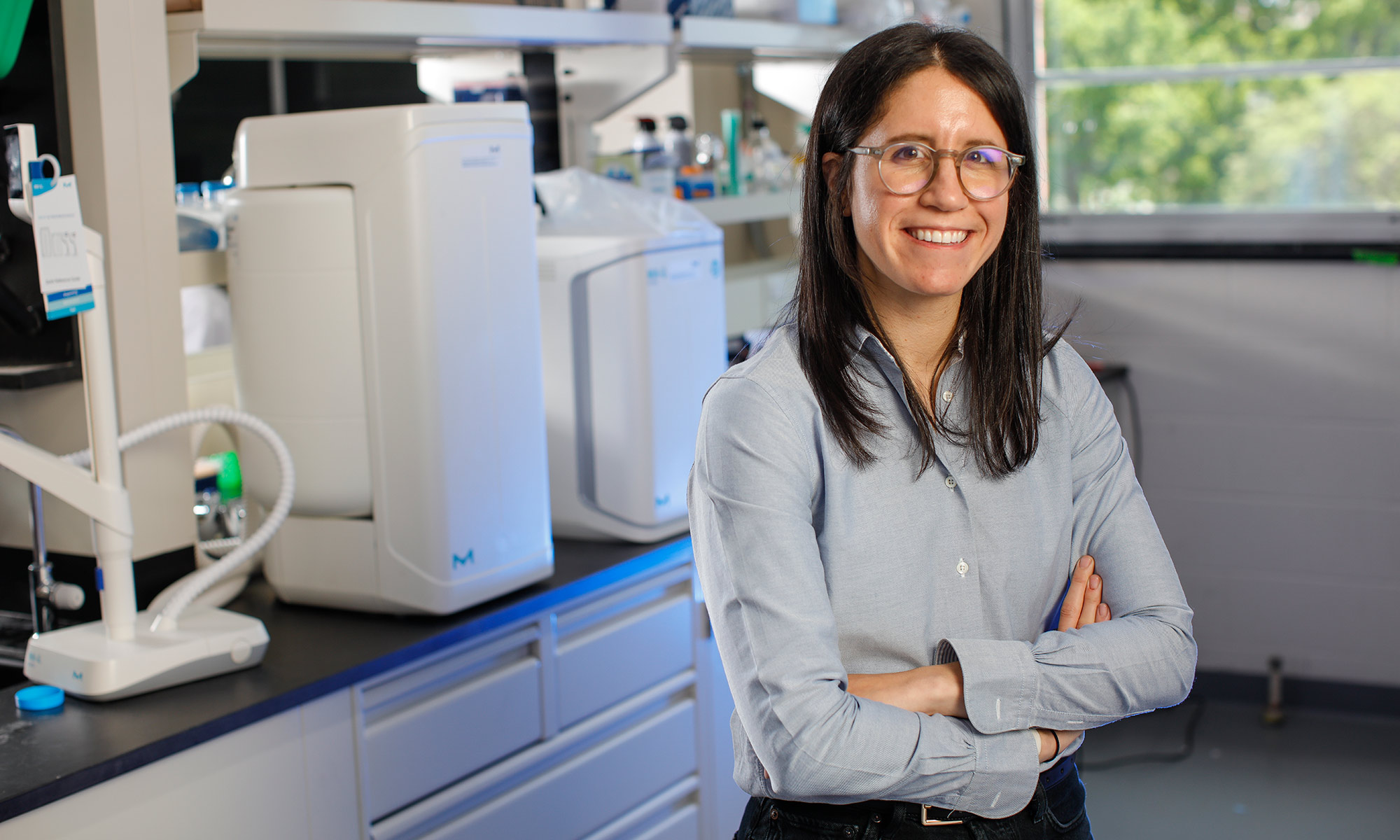
Allison Lopatkin named 2024 Pew Scholar in Biomedical Sciences
The program provides early-career scientists four years of funding to explore some of the most pressing questions in human health and medicine.
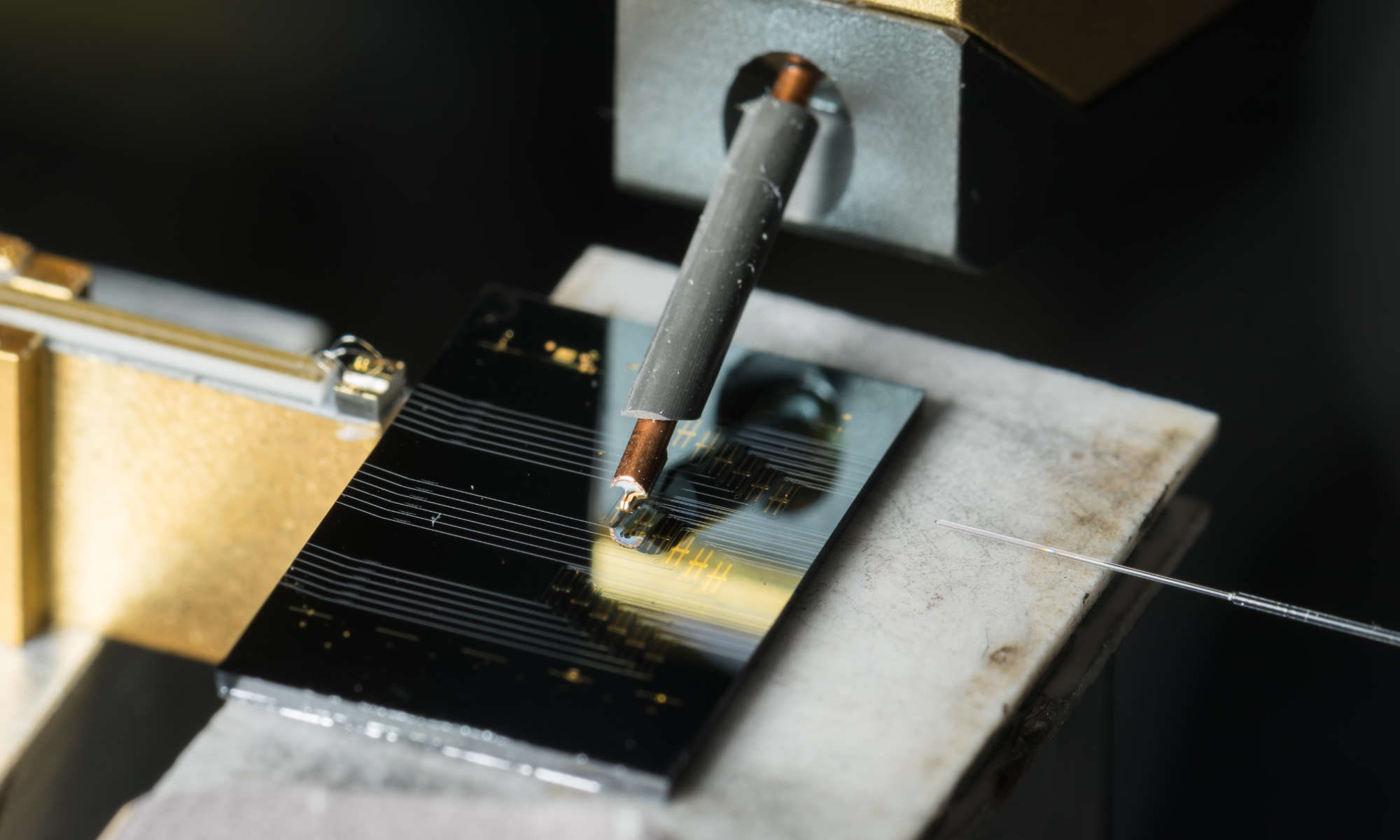
Streamlined microcomb design provides control with the flip of a switch
Microcomb lasers developed at the University of Rochester offer a new path for developing frequency comb generators at a microchip scale.

